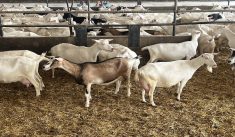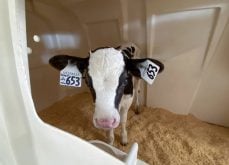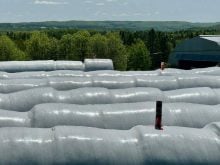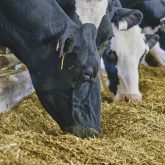Canadian dairy farmers shouldn’t take the risk of an avian influenza outbreak lightly, warned one researcher.
With cases of avian influenza in dairy herds across the United States, Frank van der Meer is urging dairy farmers here to start preparing their farms in the event of an outbreak of this highly unpredictable virus.
Why it matters: Highly pathogenic avian influenza usually does not cross over the bovines, so the current U.S. outbreak is a concern.
Read Also
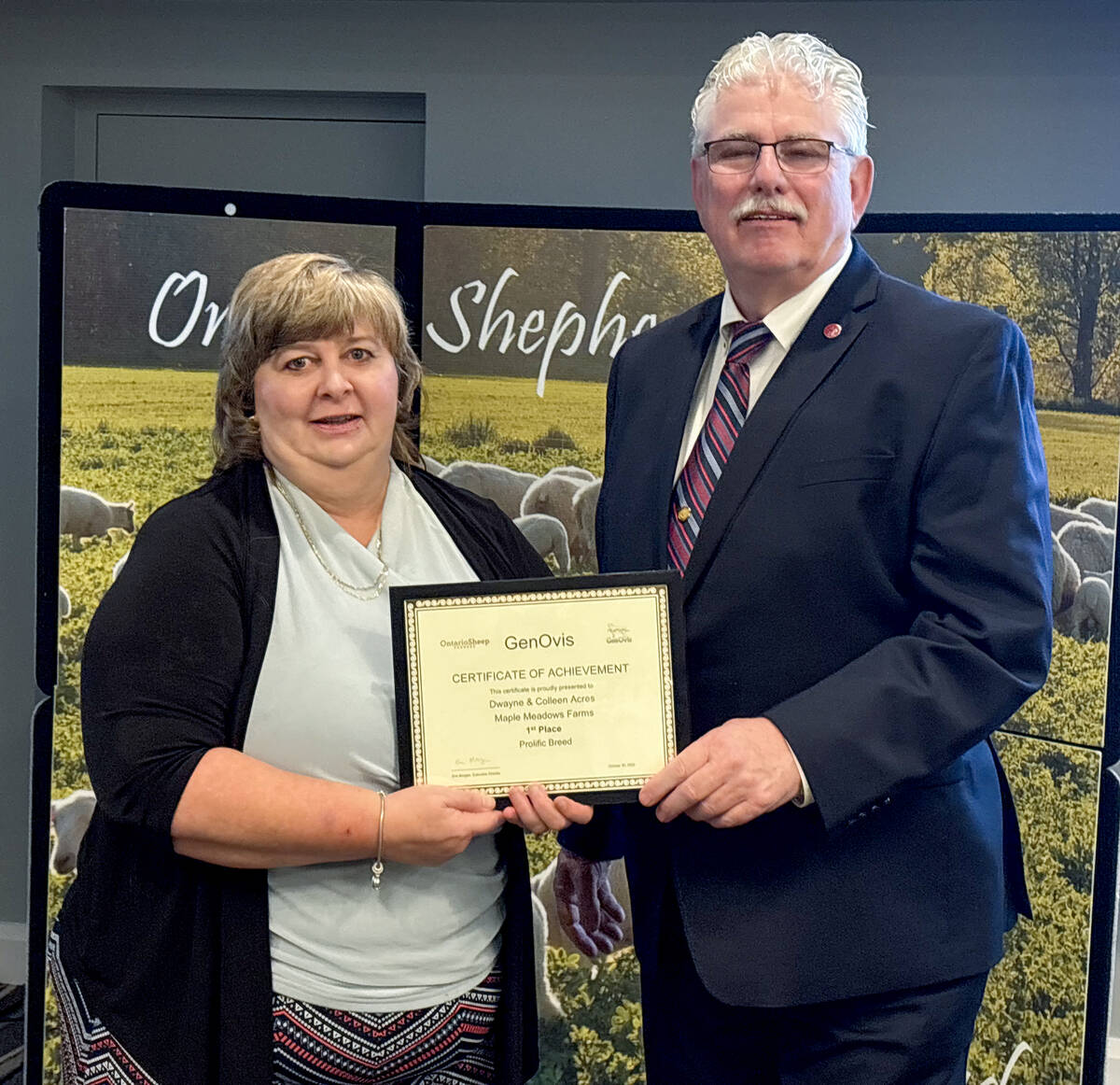
GenOvis awards presented at Ontario Sheep Farmers’ annual meeting
Producers and youth were recognized for their contributions during the Ontario Sheep Farmers’ annual GenOvis and leadership awards.
Highly pathogenic avian influenza has been infecting dairy cattle in 17 U.S. states since 2024.
“I think it is good for everybody to realize this is not going away,” said Van der Meer, professor of global health and infectious diseases at the University of Calgary’s Faculty of Veterinary Medicine, speaking at the Western Canadian Dairy Seminar earlier this spring.
“There are influenza strains that seem to persist in the wild bird and poultry industries, and I think it is good for dairy farmers to assume that this will be an ongoing risk.”
At the time of writing, the Canadian Food Inspection Agency confirms that highly pathogenic avian influenza has not been detected in dairy or beef cattle in Canada.
As of April 30, the U.S. Centers for Disease Control and Prevention have reported outbreaks on 1,047 dairy farms in 17 U.S. states.
The virus can circulate within a herd for several weeks before the first clinical signs of the infection appear, and only 20 to 40 per cent of infected animals will show clinical signs.
“What was also pretty clear recently is that larger farms with multiple sources of animals can be infected for quite a long time,” said Van der Meer. “In these cases, we see long-term infections, which are difficult to control.”
Cows that do become sick experience a significant decrease in milk production, and they may stop producing milk altogether. Any milk they produce may have a thick, yellow, curdled appearance.
Other signs include a decrease in feed consumption, diarrhea or tacky feces, dehydration, nasal discharge, fever and depression.
While avian influenza leads to a high chance of death in many species, this is usually not the case for cattle and humans. However, cows that survive can still suffer serious consequences, such as damage to the udder and decreased milk production, leading to them being replaced.
Humans infected by the virus through contact with infected cattle commonly develop conjunctivitis, though severe flu-like symptoms have also been reported.
Currently, the virus is not easily spread among humans, but if farm workers choose not to wear personal protective equipment to prevent the spread of the virus, there could be greater risks on the horizon. Van der Meer warned that “this will give the virus the opportunity to further adapt to humans and may in the next couple of years result in a more efficient human transmissible virus.”
Begin preparing now
Preparing for an outbreak of avian influenza in a Canadian dairy herd is easier said than done, said Van der Meer.
“This is a very challenging situation, of course, that you may get confronted with, but it doesn’t mean it has to get out of hand,” he said.
“Dairy farmers as a whole community should think about having good diagnostics in place so that we actually can be effective in collaboration with CFIA and diagnostic centres and veterinarians who can do a lot of the monitoring.”
He encourages farmers to consider all the logistics beforehand to be ready in the event of an outbreak. This will include creating a plan to keep the outbreak contained and avoid more animals in your herd becoming infected.
Other logistics to consider include what to do with milk refused by your processor, plans for disposal of animals that die or need to be put down, and extra biosecurity efforts around veterinary visits and feed deliveries to ensure the virus is not spread beyond your farm.
Van der Meer also recommends producers do a risk assessment of their farm to identify biosecurity weaknesses that can be mitigated to help prevent the virus’s spread.
“For example, if you’re bringing a lot of animals from outside — specifically now from the U.S., but also from other parts of Canada — that’s obviously a big risk to bring in all kinds of pathogens, but that includes influenza,” he said.
“Not that you have to change your farm strategy right away, but at the moment you know there are outbreaks in the neighborhood … can we actually change in the short term those activities that cause risk to your farm?”
Collaboration will be required across the Canadian dairy industry if the virus travels north, and there is plenty that will need to be taken into account to minimize the damage, Van der Meer continued.
“We have to discuss with the farmers how we can ensure that this doesn’t get out of hand, that this will remain a good, controllable situation and that we know enough of this particular disease that we can ensure that farmers don’t suffer a lot of financial consequences in the near future.”






